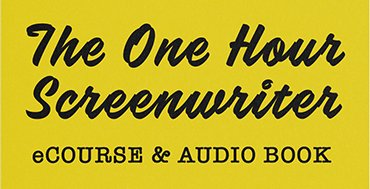Trapped as an Enduring Film Theme


The treatment of the Holocaust in film dates back to the 1950s when Judgment at Nuremberg and the Diary of Anne Frank earned 21 Oscar nominations between them. But today, 65 years after the end of the war, the number of films seems greater than ever. This year, among the 65 films submitted for Oscar consideration in the foreign language category, 8 were related to the Holocaust or World War II. The question, of course, is why?
Responding to that question, Meyer Gottlieb, president of Samuel Goldwyn Films and a child survivor, said “The Holocaust has 6 million compelling stories and Hollywood is always desperate for a good story. It is only the media that think the public is tired of the subject.”
Howard Suber, a UCLA film professor, believes that all Holocaust films are variations on the world’s greatest storyline. A character is trapped in a situation and the question is will he get out? Professor Suber has said, “the moment a Nazi storm trooper or a swastika appears on the screen, the audience knows a survival story is coming. That story always works — from baby Moses floating down the Nile, and Joseph and his brothers to Robinson Crusoe and the TV survivor series.”
Clearly the Holocaust is a powerful setting for exploring universal themes about human nature — evil, apathy, heroism, guilt and redemption. And maybe by making and by watching these films, we, as a society and as individuals, find ways of confronting, or perhaps more importantly not confronting , our innermost anxieties — our own potential for evil, our tendencies to apathy, our longing for heroism, our sense of guilt and our need for redemption.
Towards the end of The Reader, the protagonist, masterfully played by Mr. Fiennes, confronts a Holocaust survivor who tells him, “people ask me all the time what I learned in the camps. Go to the theater if you want catharsis. Go to literature. Don’t go the camps. Nothing comes out of the camps.”
In one sense, that may be true. But at least one thing that came out of the camps was the human need to keep telling the story of the camps, whether through history, novels, art, theater, film, or even museums.
Are there too many Holocaust films? Maybe the better question is what is the role of film in transmitting history, communicating common values, helping us understand what we don’t know, and in asking us to confront who we are and who we can be.



Create a visual map for a character’s emotional journey. Pull stories from character rather from rote story structure beats. Some of the largest international media companies, use this in story and character development.


A clear concise guide for writers and producers to have by their side as they embark on a project. It gives a really vital reminder of what is key for story success.

No comment yet, add your voice below!